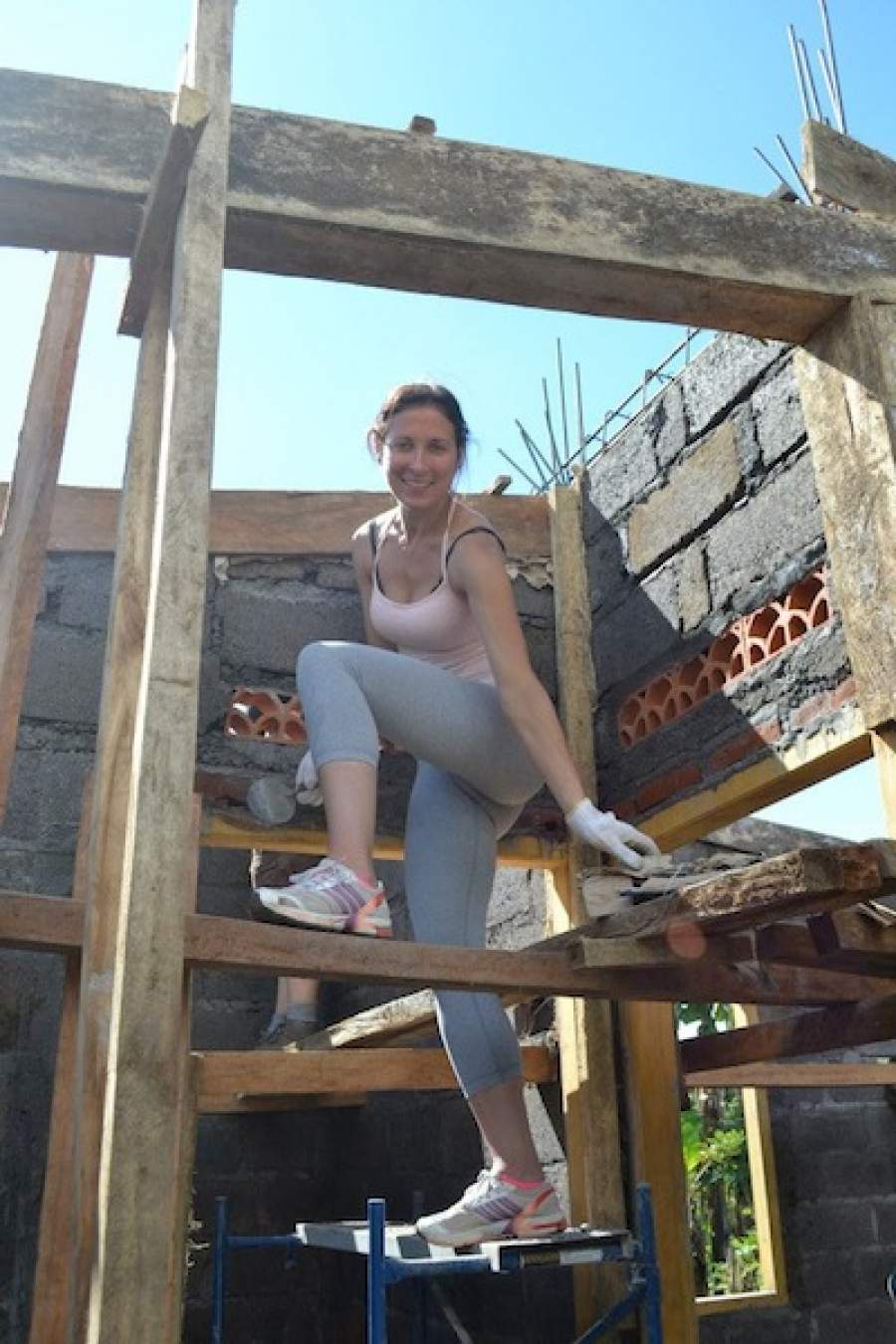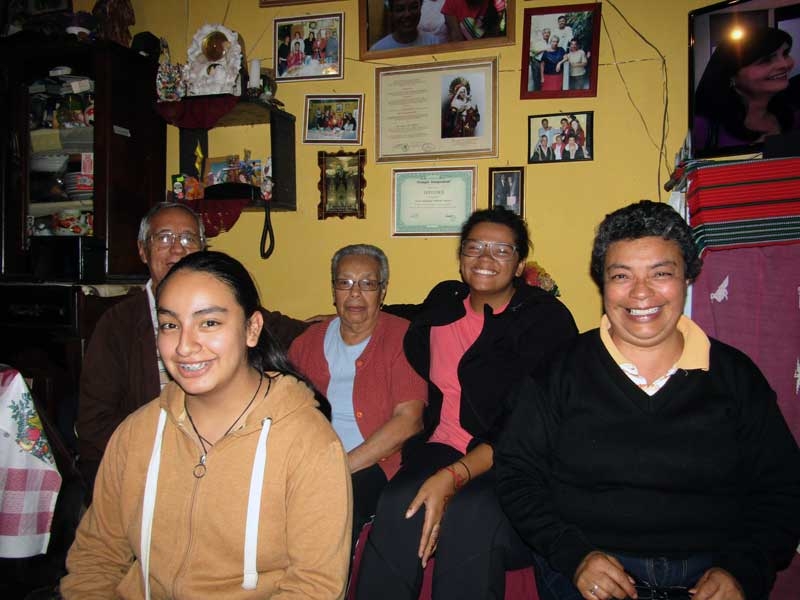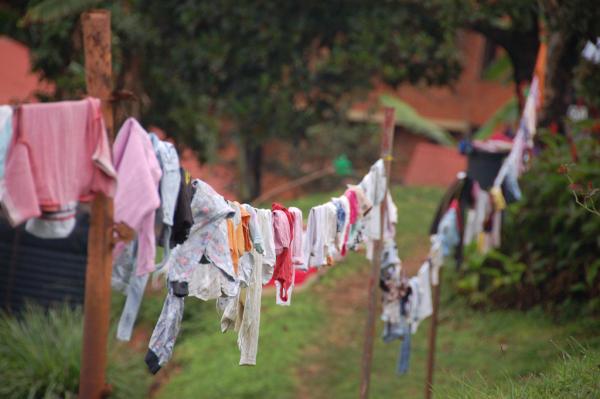OK, I admit it. When I first perused the suggested packing list for my inaugural Habitat for Humanity trip, I scoffed. Among the items we were told to bring: long pants, long-sleeved shirts, work boots and heavy-duty gloves. I knew full well that the game plan was for us to build a house for a family in need, but come on! We’d be doing it in Bali, an island situated six degrees south of the equator. In other words: it’s gonna be hot!
I figured my team leader, Dana, who’d sent us the list several weeks ahead of departure, was being overly cautious. Granted, I’d never done any construction work before in my life (case in point: for the past year my books have been sitting in boxes on the floor of my condo, waiting for me to hang the shelf that’s meant to hold them; unfortunately, I don’t own a hammer). But I have vacationed many tropical countries. Trust me, I know exactly what’s required to fully enjoy the beach (and get a good tan): shorts, tanks, flip-flops—and lots of ’em!
“Screw the boots,” I thought, and packed my bright, white Adidas instead. As for long pants, I figured a few pairs of Lululemon capris, which are stretchy, tight and hit just below the knee, would do. Long-sleeved shirts? Forget it. Into my pack went several spaghetti-stringed tops, a couple of tees for good measure and my bikini. A bonus-sized bottle of sunscreen would cover me as far as sun exposure was concerned.Fortunately, my friend Kate, who’d be taking this journey with me, had the sense to stop at Canadian Tire the day before our flight and pick up two pairs of gardening gloves. How she knew we’d need them, I haven’t the slightest clue.
So off to Bali I went, proud of myself for packing light and convinced I’d brought all the necessities to make it, unscathed, through a build. When Kate and I shared the contents of our luggage right before takeoff, I panicked a little (just a teeny, tiny bit) when I saw she’d opted for a hardy pair of hiking boots and heavier cargo pants. Still, our comparative t-shirt count (me: two; Kate: five), didn’t phase me. Coming home in two weeks sans farmer’s tan provided plenty of reason to feel confident in my decision.
How wrong I was. Turns out pounding nails, bending rebar, mixing cement, pouring foundation, digging a septic tank, laying bricks and doing just about anything and everything required to build a basic-yet-livable house requires some pretty specific types of clothing: sturdy shoes (for walking around a site that contains various sharp and pointy objects), long pants (exposed skin has a funny way of getting pinched, scratched and bruised more easily than body parts that are properly covered up) and, last but not least, items you really don’t mind getting good and dirty (my poor Lulus will never be the same).
Luckily, I’m not above learning from my mistakes. For my next build, I plan to pack smarter—which means following the “what to bring” list more closely. I’ve also picked up some tips from my fellow team members. MaryCate from Boston bought several inexpensive multi-packs of basic boys’ t-shirts from Walmart before the trip, Bronwyn from New York brought an old pair of hiking boots she didn’t mind destroying and Lisa and Tine, doctors from California, packed their scrubs. Joy, a teacher from North Carolina and the most experienced Habitat-er among us, dons the same pair of jeans to the worksite each day. Beyond being practical, she’s worn her Levis on builds in Poland, Cambodia and Madagascar and says that, for every piece of caked-on cement that refuses to come off no matter how many times she puts them through the wash, a wonderful memory of making a difference in the world is attached.
Wondering what’s a basic packing list for a volunteer construction project overseas looks like? Here’s the one I received from Habitat for Humanity before heading to Bali:
Clothing
1) General
2) Work Clothes*
*Typically we have the option to donate our work clothes to the affiliate at the end of the trip; you may want to bring t-shirts or pants that you do not want anymore.
3) Temple Attire (for visiting religious sites; optional)
4) R&R
Casual clothing is the norm
Personal Items
Other suggested items:





